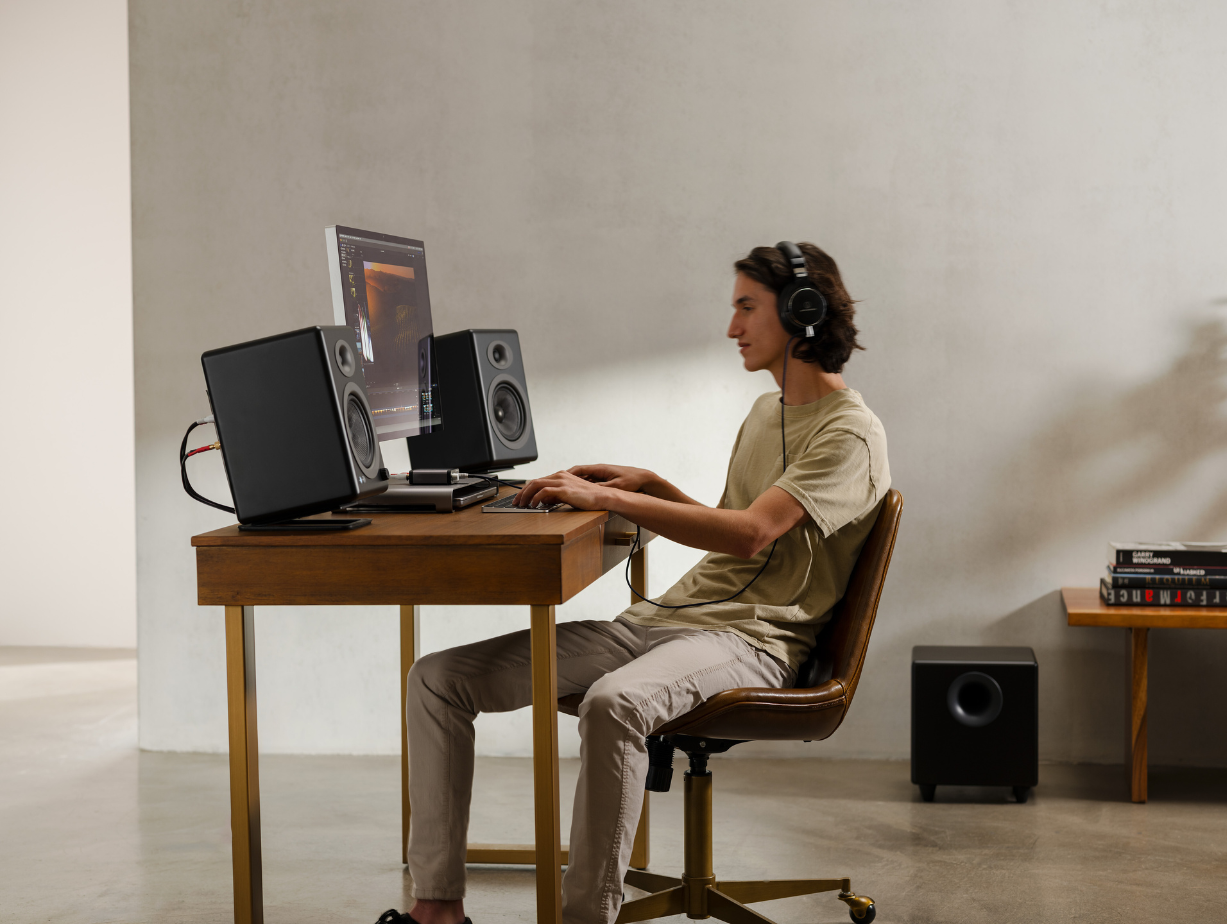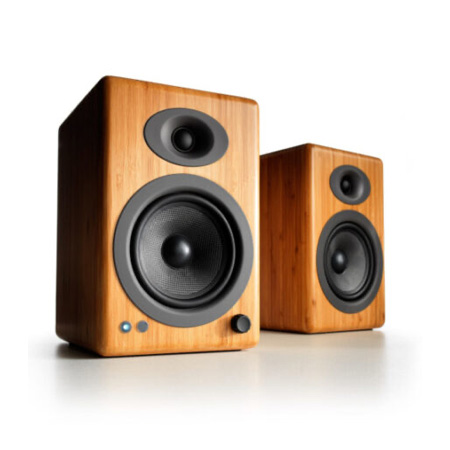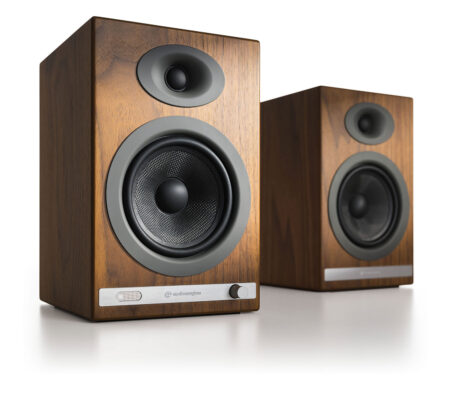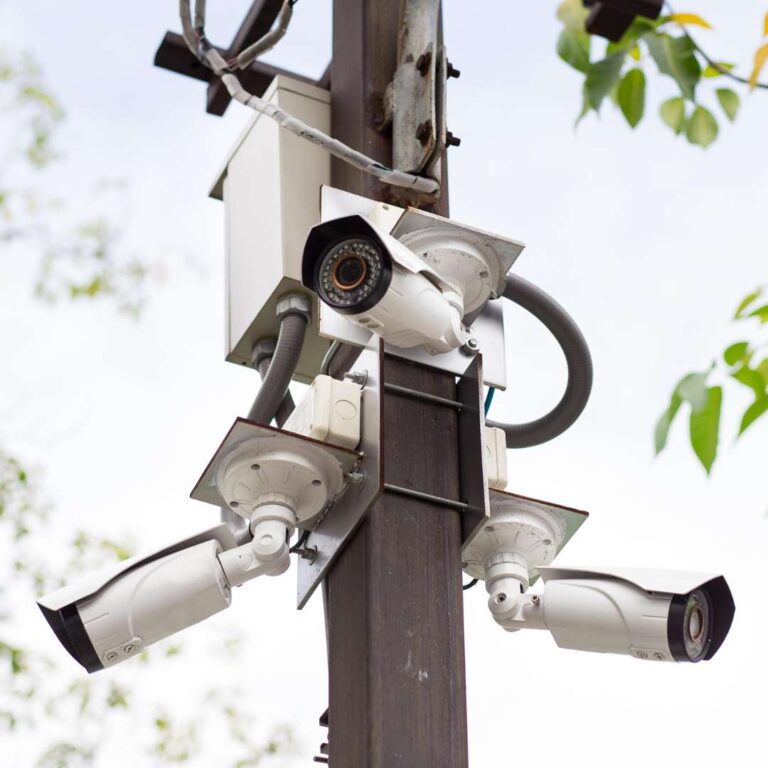There was a time when streaming music over WiFi had several clear advantages over Bluetooth. WiFi provided better range, more consistent sound quality, and the ability to stream seamlessly to multiple rooms. However, the latest advancements in Bluetooth technology are leveling the playing field, bringing wireless audio to new heights and making Bluetooth a powerful contender in the world of high-fidelity home audio.
Let’s explore how these advancements are reshaping the landscape and what this means for music lovers and audiophiles.
#1: Bridging the Gap: Bluetooth aptX Adaptive, aptX and aptX HD
Bluetooth audio has made significant strides, closing the gap with WiFi in terms of sound quality. aptX introduced near CD-quality audio over Bluetooth by efficiently compressing data without significant loss, providing clearer and richer sound than standard Bluetooth codecs.
Building on that foundation, aptX HD offers even higher fidelity, delivering 24-bit/48kHz high-definition audio that surpasses traditional CD quality (16-bit/44.1kHz). This means more detailed acoustics, greater depth, and a wider soundstage for an enhanced listening experience.
aptX Adaptive takes it a step further by dynamically adjusting its bitrate and latency to optimize audio quality and connection reliability in real-time. Think of it like futuristic "smart tires" on your car that adapt to various road conditions for optimal performance. Whether you're in a busy cafe or moving around your home, aptX Adaptive ensures you get the best possible sound without interruptions.
#2: Expanding Horizons: Broadcast Mode and True Wireless Stereo
One of the key reasons WiFi systems became popular in the 2010s was their ability to stream audio to multiple rooms, creating a cohesive listening experience throughout a home. Now, advancements in Bluetooth technology—such as True Wireless Stereo (TWS) and broadcast mode—are bringing this capability into the fold.
True Wireless Stereo (TWS) allows you to pair two Bluetooth speakers together to create a stereo sound experience, with one speaker acting as the left channel and the other as the right. This enhances audio depth and provides a wider soundstage, ideal for larger rooms or outdoor settings where immersive sound is desired.
On the other hand, Bluetooth's broadcast mode enables a single audio source to broadcast to multiple Bluetooth speakers simultaneously across different rooms. This means you can fill your entire home with synchronized music without the need for complex WiFi setups. Whether you're hosting a dinner party or just want seamless sound as you move from room to room, broadcast mode on your Bluetooth speaker system provides a unified audio experience that was once only possible with WiFi.
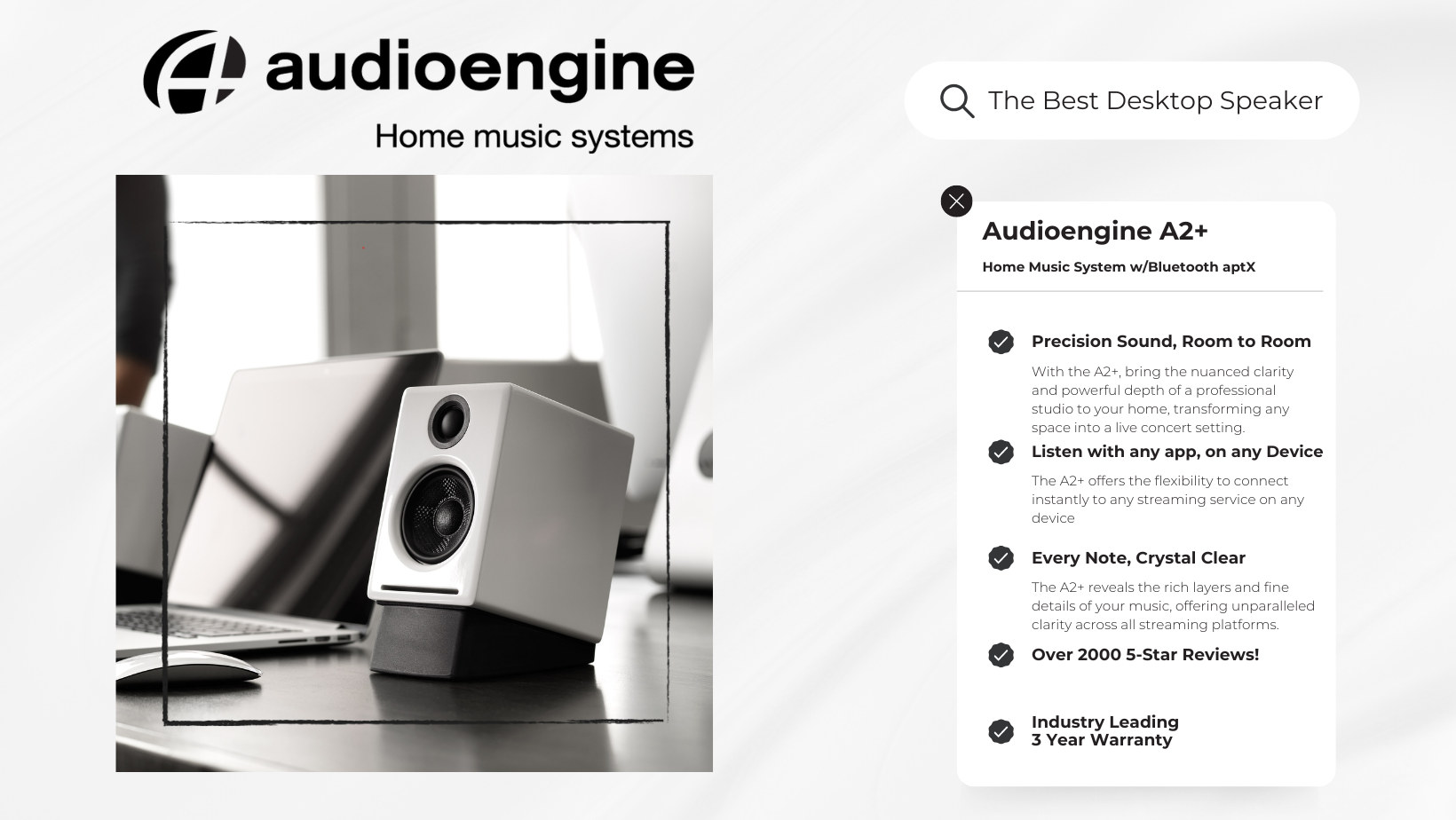
#3 Precision Matters: Low Latency Bluetooth for Real-Time Synchronization
For those who are serious about gaming or enjoy watching videos with precise audio-visual synchronization, low latency Bluetooth is a significant advancement. Traditional Bluetooth connections often resulted in audio delays that could be quite noticeable, especially in fast-paced gaming scenarios or action-packed movies.
Low latency Bluetooth minimizes this delay, aligning what you hear with what you see. This means that whether you're deep into a gaming session or enjoying a new blockbuster, the audio from your low latency Bluetooth speaker system will keep up, enhancing your overall experience.
#4 More Than Just Wireless: Apple TV and Advanced Bluetooth Connectivity
Apple TV’s enhanced Bluetooth capabilities now allow connections to multiple speaker systems, offering even more flexibility for your home audio setup. This means you can connect your Apple TV to several Audioengine Home Music Systems. Whether you're setting up a home theater or simply want quality sound in different rooms, this feature brings a new level of convenience and versatility to your Bluetooth experience.
#5 The Next Frontier: Lossless Bluetooth Audio
As Bluetooth technology continues to evolve, one of the most exciting prospects is the development of lossless Bluetooth audio. Traditionally, Bluetooth audio involved compressing files, which could lead to a loss in audio quality. However, lossless Bluetooth aims to deliver CD-quality sound or better without any degradation. This advancement would bring Bluetooth audio closer to the sound quality that audiophiles expect from wired connections, making Bluetooth a truly viable option for high-fidelity listening.
Why Audioengine Leads the Pack
At Audioengine, we are dedicated to staying ahead of the curve with these technological advancements. All our Bluetooth products already provide CD-quality or better audio, featuring support for advanced codecs like aptX and aptX HD, and offering a range of up to 100 feet. We’re also planning updates to include the latest features such as aptX Adaptive, broadcast mode, and low latency, ensuring that our products remain at the forefront of audio innovation. For those who want to learn more about the differences between Bluetooth codecs, check out our comprehensive guide.
Conclusion
Bluetooth technology has come a long way from its early days, now offering features that rival or even exceed those of traditional WiFi systems. With advancements like aptX Adaptive, broadcast mode, low latency, and the promise of lossless audio, Bluetooth is set to redefine what’s possible in wireless audio. At Audioengine, we’re excited to integrate these technologies into our Home Music Systems, providing our customers with unmatched sound quality and convenience. Stay tuned for our upcoming updates, and experience the future of Bluetooth audio with Audioengine.
By understanding these updates, you can ensure that your Audioengine products are always delivering the best possible performance. Embrace the latest in Bluetooth technology and elevate your listening experience to new heights.



